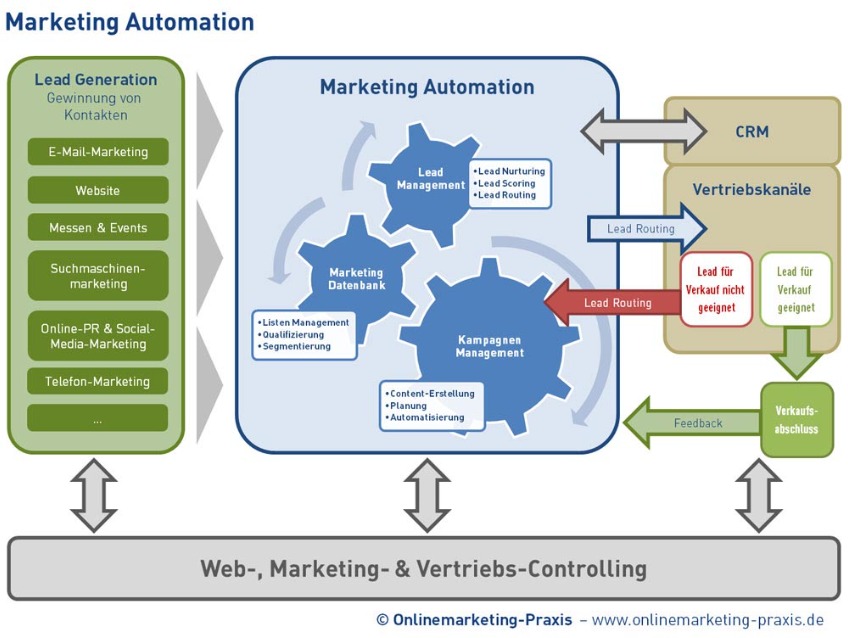Full-pay Families: How to Communicate Their Importance to Employees
As enrollment management professionals and marketing experts, one of the critical conversations you must navigate is about full-pay families. These families are not just another segment of your market; they are pivotal to the financial health and overall success of your institution. Let’s delve into why this group is essential and how to effectively communicate their importance to employees, senior leadership, and trustees. The Core of the Conversation: Why Full-Pay Families Matter When addressing your school’s employees and trustees, it’s vital to highlight why full-pay families are integral. These families significantly contribute to the quality of your programs, the student body, and, crucially, the financial stability of your institution. Without their full-pay tuition, their donations, and their affluence, school will be hard strapped to achieve their missions. Here’s how to frame your discussions: Set the Stage with Leadership: Secure time with your head of school to present to faculty, staff, and administrators. Use this platform to underscore the significance of full-pay families. Explain how their contributions are directly linked to the quality and continuity of school programs and salaries. Illustrate Financial Impacts: Partner with your chief financial officer to create compelling visual aids. These should compare scenarios with robust full-pay enrollment against those without. Highlight the tangible effects on programming and staff compensation. Forecast Tuition Trends: Present a projected tuition increase over the next decade. Most employees may not fully grasp the future financial landscape, and a bit of “sticker shock” can be a powerful motivator. This helps them empathize with the challenges faced in attracting full-pay families. Share the Hard Numbers: Be transparent with enrollment data. For instance, if you need to fill 35 full-pay spaces and have 75 applicants, make it clear that not all applicants are full-pay. Emphasize the gap and the difficulty in meeting enrollment goals with qualified full-pay students. Focus Trustees on Full-Pay Metrics: When engaging with trustees, keep their attention on the full-pay figures. If they get too fixated on overall numbers, they might overlook the specific challenges you face. Make sure they understand the necessity of targeted marketing initiatives. Address Misconceptions: Trustees often perceive enrollment issues as purely sales problems. Show them your strategic approach and how it aligns with attracting full-pay families. Demonstrate your understanding of the market and your comprehensive plan to reach your targets. Present a Financially Driven Plan: Have a well-thought-out plan ready. Show how additional funding can enhance recruitment efforts and what specific steps you would take with more resources. This preparation can significantly boost their confidence in your strategy. Highlight Consumer Satisfaction Data: Use data from full-pay families to showcase satisfaction levels. This keeps the focus on your primary target group and reinforces the importance of their continued support. Maintain Regular Updates: Don’t let this be a one-time conversation. Schedule periodic updates to share progress, address challenges, and highlight success stories of full-pay students. Continuous communication fosters a deeper understanding and ongoing support. Changing the Culture Remember, full-pay families are the lifeblood of most private schools. Their support is crucial in achieving your mission and maintaining the financial health necessary to sustain your institution. By strategically communicating their importance, you can align your school community towards a common goal—ensuring the long-term success and stability of your school.
Full-pay Families: How to Communicate Their Importance to Employees Read More »









